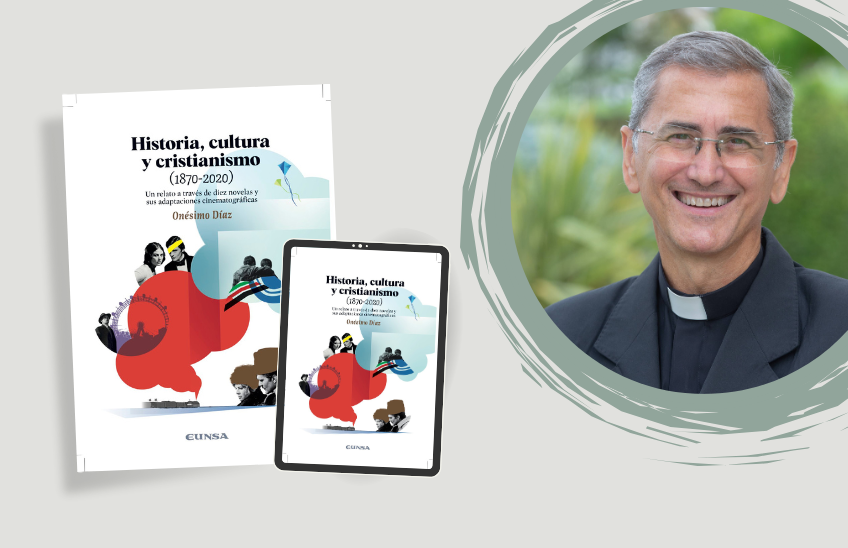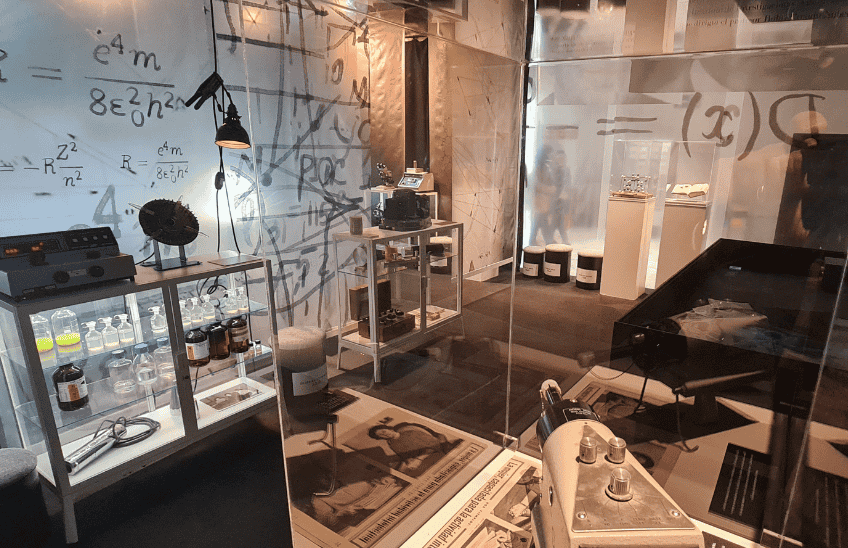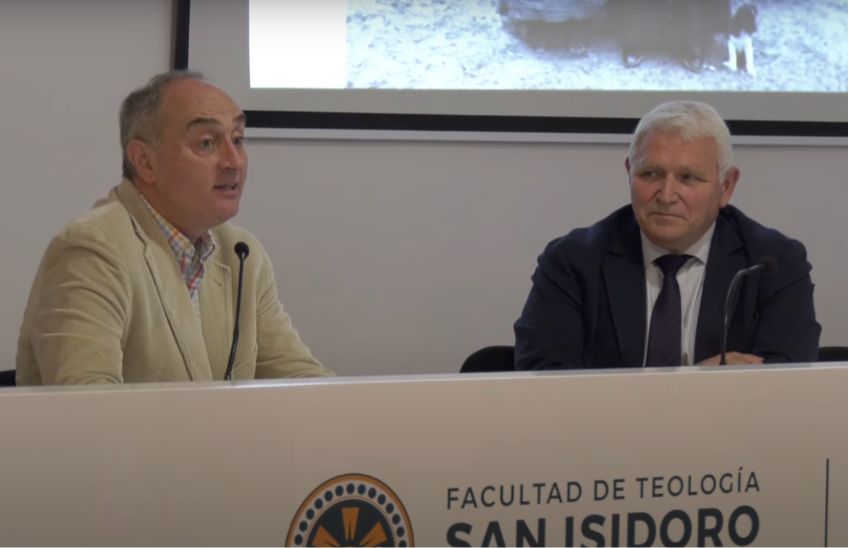The first steps of Opus Dei in Uruguay
Historian Bárbara Díaz explains in this interview how Opus Dei developed in Uruguay and what challenges its members faced in that social and cultural context.

10 | 09 | 2024
Each country where Opus Dei settled brings nuances that allow us to appreciate the richness and complexity of its development. In the case of Uruguay, the arrival of men and women of this institution in the 1950s is especially interesting to understand its implantation in a scenario with a more secular tradition than in other parts of Latin America.
To delve deeper into these questions, we spoke with historian Bárbara Díaz, who is researching the beginnings of Opus Dei's work in Uruguay and its progressive insertion into the country's university and ecclesial life. Her financial aid us to understand not only the uniqueness of Uruguay, but also how the study of each region contributes to enriching the global history of the Work.
Bárbara Díaz has a degree in Education Sciences from the Universidad de la República (Uruguay), a Master's Degree and a PhD in History from the Universidad de Navarra (Spain) and is the author of numerous scientific articles on the history of South America.
When and how were the women and men of Opus Dei first established in Uruguay?
The first to arrive were two very young priests, Agustín Falceto and Gonzalo Bueno, who arrived in Montevideo on October 20, 1956, shortly after their ordination. A year later the first women arrived.
In any case, there was already a certain previous presence: a supernumerary, Elina Gainza de Gianoli, who had order admission to the Work in Chile, lived in the city. In addition, monthly trips and retreats were organized from Buenos Aires, with the participation of both priests and numeraries, to accompany these people and prepare the ground for a stable beginning of the work.
What role did the local Church play in this process?
Viola, bishop of Salto, and those who arrived were received by the Archbishop of Montevideo, Antonio María Barbieri, who would later become the first Uruguayan Cardinal. The priests used to celebrate mass in the María Auxiliadora church of the Salesians, very close to where they lived. There they received a warm welcome: they were even invited to breakfast frequently in those first months. They also quickly began to collaborate in Catholic schools in the Pocitos area, where they lived, hearing confessions and preaching.
What were the first activities or initiatives that were launched in Uruguay?
The men began with a university residency program , while the women started a Home School for young girls who were not going to pursue university programs of study Courses were offered in areas such as cooking, home management and other trades. It is necessary to remember that at that time only a minority of women had access to university, and many of them dedicated themselves to taking care of their homes when they got married. For this reason, this subject training was highly valued, and the first numeraries who arrived were already prepared to teach these courses.
Shortly thereafter, a secretariat was created in this home school. For some years, both initiatives coexisted, although in the end only the secretariat was left, which was very well accepted. It offered a high level of training, was bilingual and became one of the most prestigious secretarial schools in Uruguay, in a context in which this profession was well regarded and well remunerated.
What was Uruguay like in religious and cultural terms during the 1950s and 1960s?
Uruguay is a country with a strong secular and secularized tradition. Although there was an important Catholic nucleus, the Church found it difficult to play a role in public life. At the beginning of the 20th century, under the presidency of José Batlle y Ordóñez, a markedly secular and anticlerical stamp was consolidated that permeated society and left a lasting legacy. Evangelization was therefore a considerable challenge.
Opus Dei began its work in the midst of this secularized environment and, even so, managed to insert itself in certain nuclei. During the first years -until the Second Vatican Council (1962-1965), approximately- the insertion was complex, although the Church was still perceived as a solid institution. However, after the Council new tensions were added: the penetration of Marxist ideas in the university, the post-conciliar crisis and the expansion of liberation theology created a very complex panorama.
In this scenario, the Work offered something that many were looking for: fidelity to the Church and a solid doctrinal training that helped to counteract these currents. For those who wished to remain firm in their faith, Opus Dei became a point of reference.
What aspects of those early years do you consider most significant for understanding the history of Opus Dei in Uruguay?
From what I have researched the most so far, I would highlight the Del Mar universityresidency program , a corporate work founded in 1967. It seems to me a relevant milestone because opening a women's residency program at that time implied a real challenge. On the one hand, there were few women in the university and even fewer from the interior of the country. For a family from outside Montevideo, sending a child to study in the capital was quite an adventure, and even more so for a woman.
In addition, the social and political context made things even more difficult. Looking through the newspapers of the time, news of strikes, bombings, violent demonstrations and suspended classes constantly appeared. It was not uncommon for a student to take an exam and have to return home because it was not taken. In the midst of such a turbulent environment, the residency program offered a space of stability and support for young university students.
You mentioned newspapers of the time, what other sources are you using for your research?
So far I have worked mainly with the diaries of the residency program, which are very rich in details of daily life. There are anecdotes that reflect a very simple life, with few means if we compare it with today's life, but what these pages transmit is an atmosphere of great joy and hope.
In addition, I plan to research the file of the Curia of Montevideo to learn more about the relationship of the Work with the bishops of the time, and even the visits that some of them made to the residency program. I am also interested in the file of the University of the Republic, the only university in existence at the time, which preserves valuable documentation and statistics on students and graduates, very useful for contextualization. Finally, letters are also kept in Uruguay, including some sent from Rome, which represent another fundamental source for reconstructing history.



